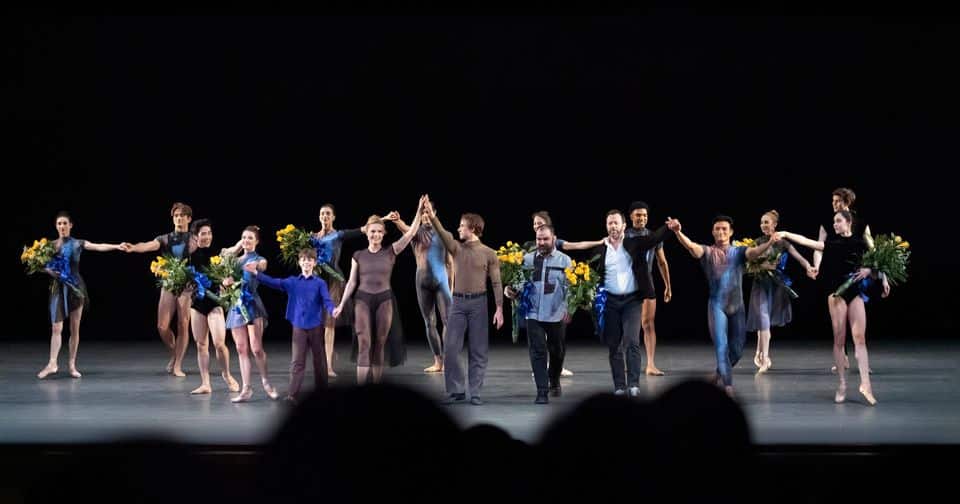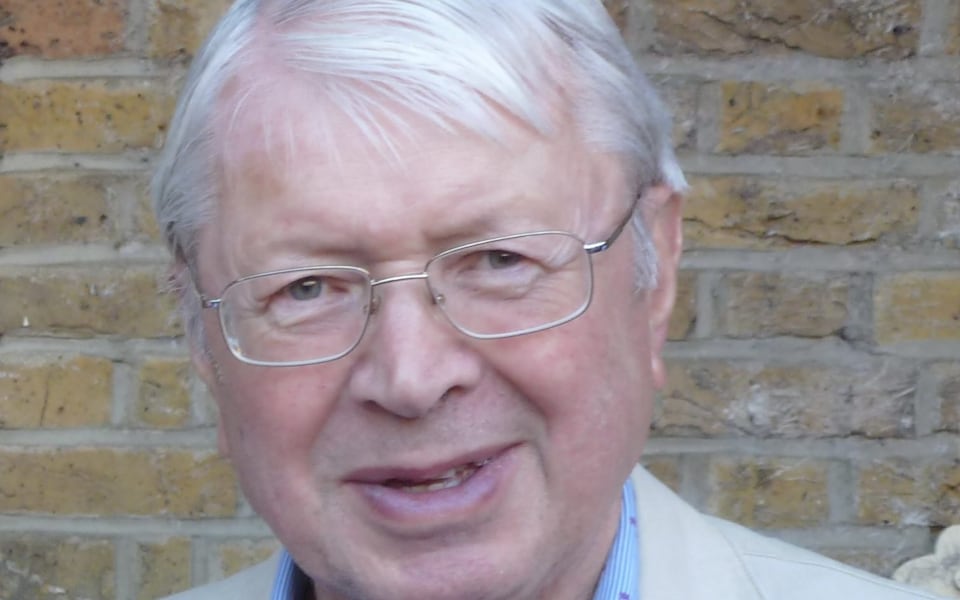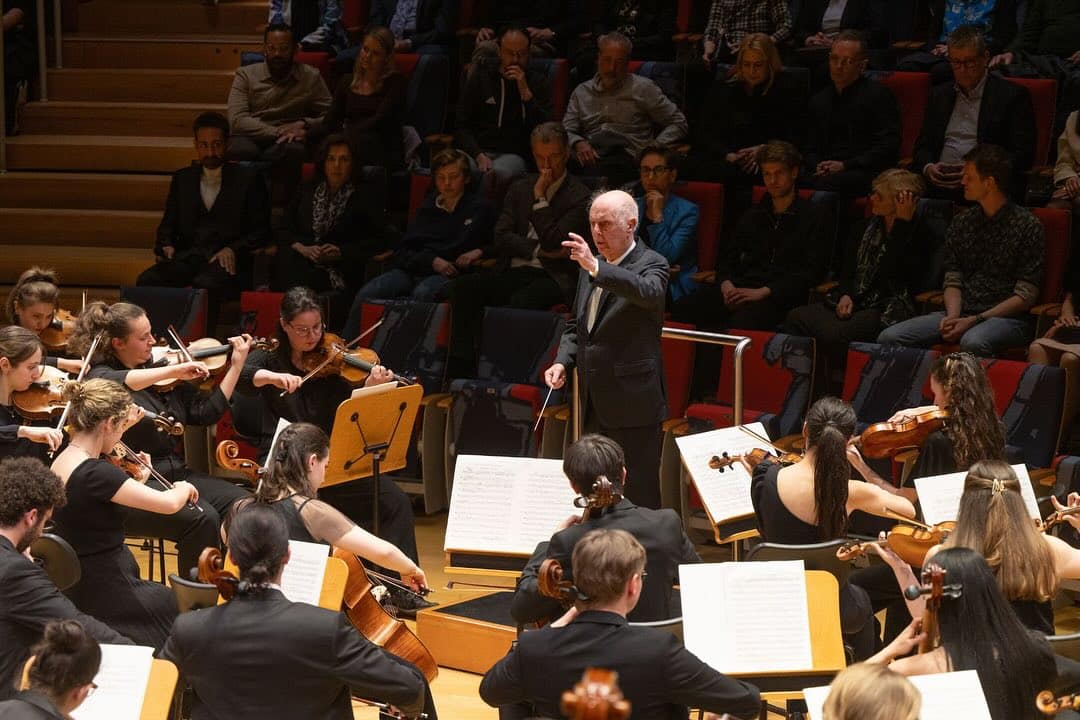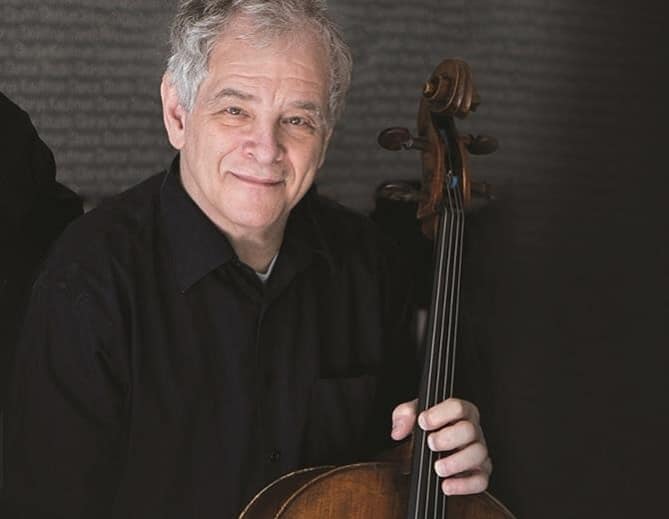Review: Alastair Macaulay on the state of New York City Ballet
Alastair MacaulayThe former NY Times chief dance critic reviews a company he knows all too well, exclusively for slippedisc.com:
New York City Ballet and the New
by Alastair Macaulay
Since its foundation in 1948, New York City Ballet has maintained an unequalled record as the world’s most influential producer of important new choreography in ballet – the most influential since Diaghilev’s Ballets Russes. “Afternoon of a Faun” (1952), “The Concert” (1956), “Agon”(1957), “Jewels” (1967), “Dances at a Gathering (1969), “Who Cares?” (1970), “Stravinsky Violin Concerto” (1972), “Ballo Della Regina” (1977), “Glass Pieces” (1983) are just a handful of the great creations by George Balanchine and Jerome Robbins for this company that, in the last century, have gone on to pervade the international repertory; and in this century “Polyphonia” (Christopher Wheeldon, 2001), “Concerto DSCH” (Alexei Ratmansky, 2008), “Rodeo: Four Dance Episodes” (Justin Peck, 2015) are just three of the many New York City creations that are now widespread around the ballet world. London’s Royal Ballet, too, has produced good premieres that are danced the world over, but New York’s City Ballet has now led the way for three-quarters of a century, and has done most to keep transforming the art.
You would, however, recognise this point only from two of the four ballets currently being presented by New York City Ballet at Sadler’s Wells: Balanchine’s “Duo Concertant” (1972), a rich miniature first seen here in 1979, and Pam Tanowitz’s “Gustave le Gray no 2” (2019), a work not created for this company, though principally danced by it since 2022. And since those two works, performed together between the programme’s two intermissions, feature few dancers (two in “Duo”, four in “Gustave”), they may seem to add up to less than the bigger works that sandwich them.
We’re seeing here one minor fraction of New York City Ballet after another: considerably fewer than forty of its dancers, just thirteen musicians, no scenery, nothing by Robbins. And nothing by the company’s artist in residence, the Russian-Ukrainian-American Alexei Ratmansky – who is merely the most important choreographer specialising in ballet today but who (being a white male over fifty) isn’t Sadler’s Wells’s idea of exciting.
Let’s concentrate on Tanowitz’s “Gustave le Gray”, a dance quartet to a solo piano (music by Caroline Shaw) that plays with quartet form – with unison for four, with playing one pair against another, with a soloist against a trio, with four simultaneous related but divergent solos. Three of its roles are taken by women, while the fourth is danced by a man or woman at different performances. Elements of play and playfulness are integral to Tanowitz’s work – you have to smile when these women push the piano across the stage while the male pianist carries on playing – but “Gustave le Gray” has moments of powerfully sculptural stillness and annunciatory formality that are the most dramatically momentous of the whole programme. Tanowitz’s way with music is her own secret: her potent counterpoint casts a net around the score and draws it closer into our nervous systems.
In a programme principally about the new, Balanchine’s choreography hardly belongs. Except that it doesn’t date. “Duo Concertant” begins with none of the formality of most of this master’s choreography; it’s more like the informality of some Jerome Robbins piano dances. The two dancers (man and woman, natch)_ often stand and simply listen: they give us the illusion that, when they dance, they’re just impetuously improvising a response to the many factes of the music. Then, just as this too-short ballet seems to have concluded, it unexpectedly adds an always disarming postlude. A few astounding strokes show us much: the artist paying fealty to the muse he loves; the muse holding out a gesture of inspiration and benediction to him; the two briefly conjoined in passion; the artist suddenly bereft of that muse; the muse hiding her face from the artist; the artist taking her hand and sculpting it back into a work of art. Once you’ve seen how profoundly “Duo Concertant” ends, you can’t believe how casually it began.
On Friday evening, these central items were marvellously played and danced. The “Gustave” pianist was Stephen Gosling; the “Duo” violinist and pianist were Kurt Nikkanen and Elaine Chelton. Taylor Stanley – who himself has been a muse to sundry choreographers – was the ardent and eloquent artist in “Duo”; Indiana Woodward was not just blissfully spontaneous as his playmate-inspiration but showed a quick interplay of gorgeously sculptural qualities. She has always had scintillating feet (they seem to have inner springs); but this newly textured pliancy of upper body gives yet further dimensions to her art.
The quadruple bill opens with Justin Peck’s “Rotunda” (twelve dancers) : why? Peck, still only thirty-six, has been one of the ballet world’s most remarkable dance-makers for over ten years. But “Rotunda” is just a collage of choreographic études, none of which amounts to much (apart from demonstrating Peck’s clever craftsmanship, something he has already been exhibiting too often since his 2014 “Everywhere We Go”). We see the essential to-and-fro of Peck style – the stretching impulse forward followed by the yielding backward surrender, the tension of playing upper body against lower body, one group of dancers against another – but none of it’s of much consequence except one agreeably exploratory male solo, danced on Friday night by the admirable young Roman Mejia. “Rotunda” strikes some as Balanchine-lite. Actually it’s Peck-lite. Those of us who’ve seen (London hasn’t) Peck’s “Rodeo: Four Dance interludes” (2015) and “Pulcinella Variations” (2017) know he is capable of much more.
Same goes for Kyle Abraham’s “Love Letter (on shuffle)” (2022, fifteen dancers). The company has brought London the wrong Abraham ballet. His debut creation for this company, “The Runaway” (2018) work had flair and fantasy. But “Love Letter” – also to taped music (a mistake) – misfires entirely. Trying to recapture the “Runaway” radical chic, it merely looks like a William Forsythe imitation in very fancy dress: not a real ballet at all but an array of posey notions of ballet.
One large point does emerges from this programme: these twentyfirst-century New York choreographers, like their London counterparts, are far more tentative about using pointwork than were Balanchine or even Robbins (or Frederick Ashton or Kenneth MacMillan). The pointwork of the nineteenth and twentieth centuries – nowhere more pronounced than in the second movement Balanchine’s irresistible “Symphony in C” – was boldly sexist, creating an abyss-like dualism between the genders from which many ballet choreographers today steer uneasily away. Sure, women in these three twenty-first century ballets sometimes go on point. But their pointwork becomes just another of those ballet devices. It’s no big deal – whereas pointwork in Balanchine (as in the ballets of Petipa) is still intense, high-exposure, edge-of-the-cliff, disconcerting.
I want to applaud Abraham and Peck for showing a modern presentation of gender, but in “Love Letter” and “Rotunda” they merely do so innocuously, even timidly. Ten years ago, ballet had far too few same-sex duets. Now it has too many ones, all lukewarm. And Abraham just isn’t the guy to make homosexual choreography serious; he ends “Love Letter” with two men putting their heads together intimately, as if finally asking the question the rest of us were already asking.
By contrast, Pam Tanowitz knows how to make dance (and feet and people) matter. She is helped by stunningly original scarlet trousered costumes by Reid Bartelme and Harriet Jung, each of the identical outfits featuring a loose span of added fabric that connects ankle to the shoulder to haunting effect. Tanowitz is a happy mystery; and the striking mysteries of “Gustave le Gray” make rich textures for both dancers and audiences.






Comments